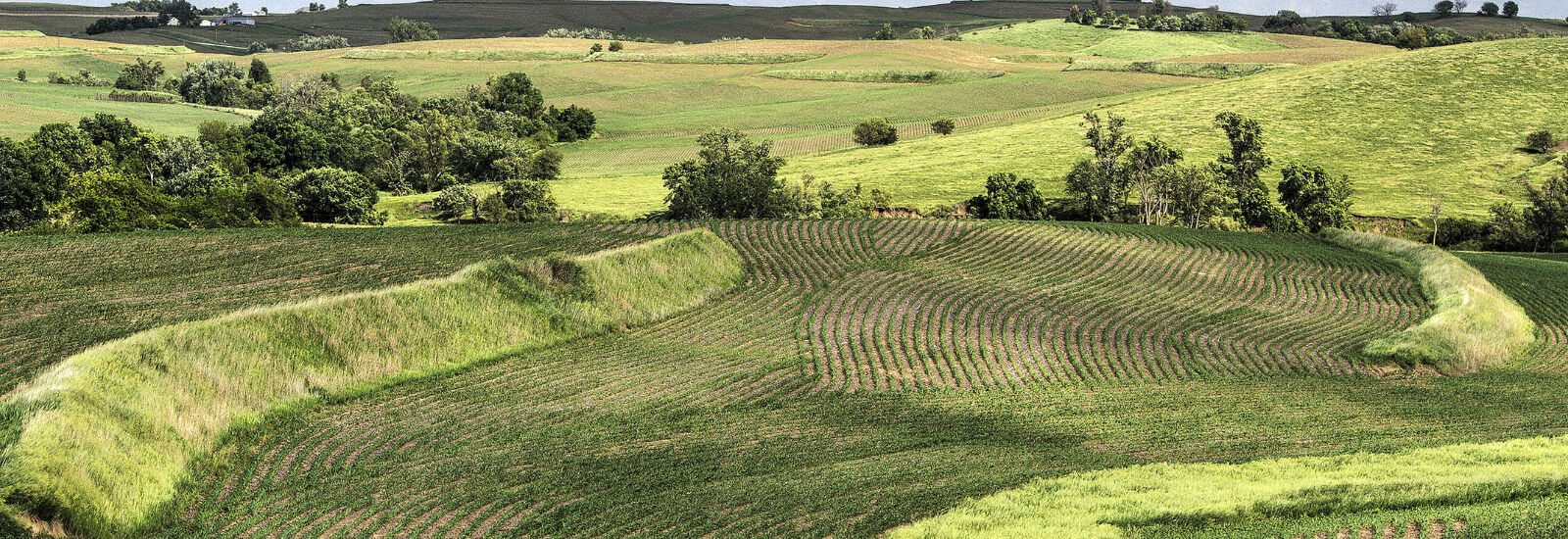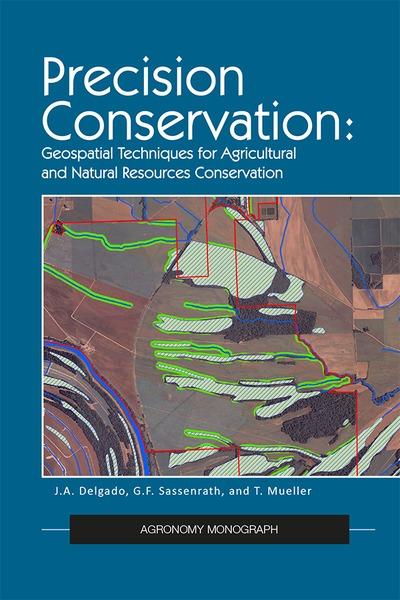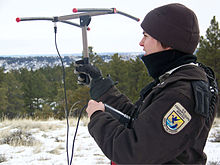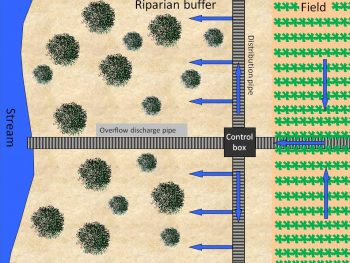Precision Conservation is planning and applying the right practices, in the right place, at the right time to maximize environmental benefits while minimizing economic investment.
It is no longer enough for farmers to randomly install conservation practices. If farmers are expected to make significant impacts on soil erosion and water quality, they must target conservation practices that maximize environmental benefits. And to remain competitive, they need to minimize their economic investments. But currently, decision making advice is not readily accessible. The challenge confronting farmers today is to identify the right practice, determine the most effective location, and install the practice at the right time; what is known as precision conservation.
Just like precision agriculture, precision conservation has become a necessary standard in commercial farm operations. Precision conservation works, in most cases, by focusing on those places and/or processes that can be leveraged to impact a disproportionate amount of pollution.
Precision conservation is a reality, and we are moving towards improved effectiveness of conservation practices by accounting for temporal and spatial variability within and off field.
This is the first book to cover the application of the principles of precision conservation to target conservation practices across fields and watersheds.







